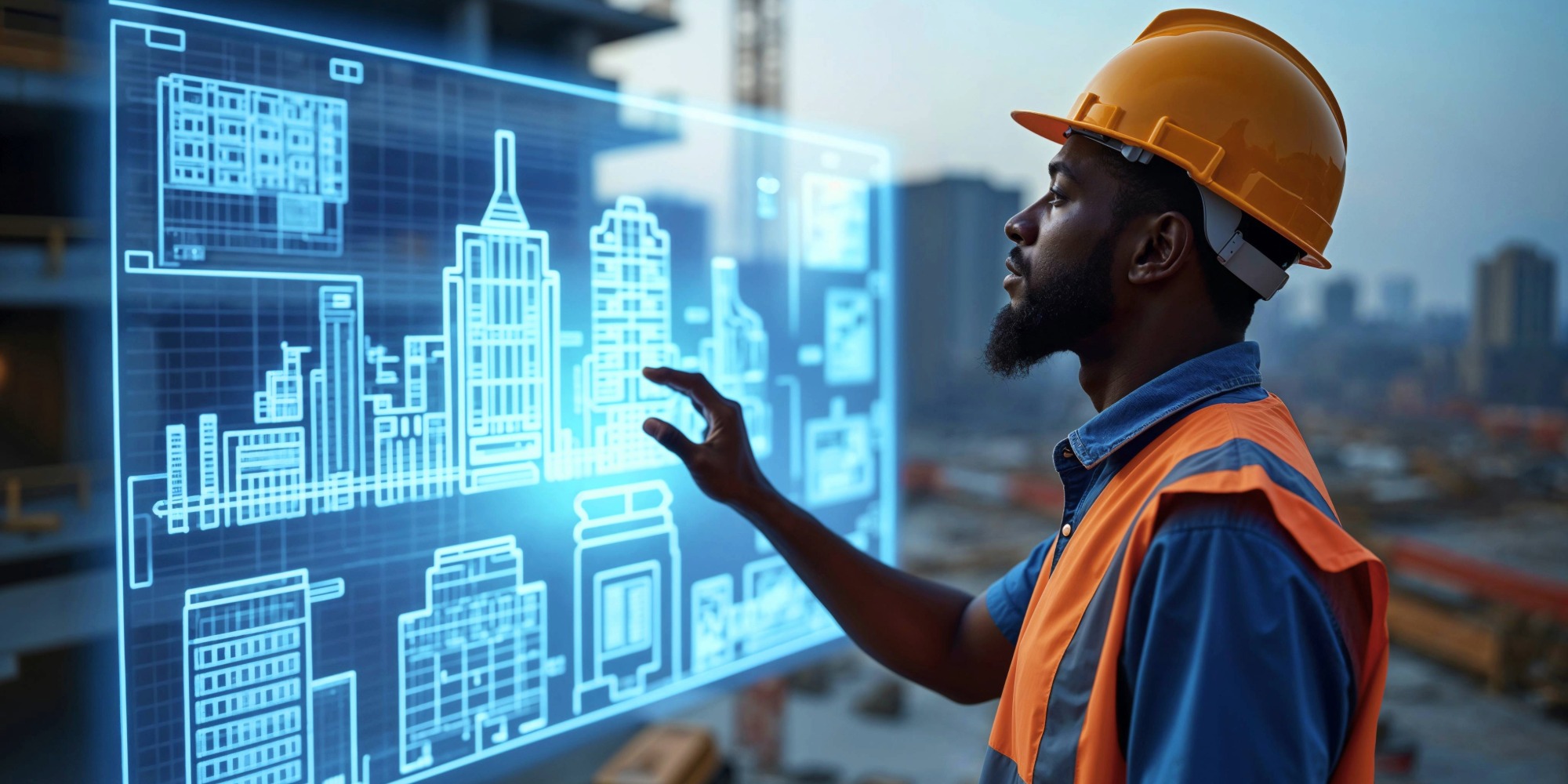Unlocking Precision and Efficiency: How LiDAR Technology is Transforming Industries
In recent years, LiDAR technology has revolutionized various industries by providing unparalleled precision, automation, and efficiency. This cutting-edge technology is reshaping the way we approach tasks ranging from construction documentation to facility management and insurance claims processing. With the ability to capture detailed 3D scans of environments using laser pulses, LiDAR is enabling faster, more accurate data collection and analysis, leading to improved workflows and outcomes.
The Impact of LiDAR in Construction Documentation
One of the key areas where LiDAR technology is making a significant impact is in construction documentation. By utilizing LiDAR scanners, construction professionals can capture detailed 3D models of job sites with incredible accuracy. These digital representations not only provide a comprehensive view of the site but also allow for precise measurements and analysis. This level of detail enables better project planning, progress tracking, and quality control throughout the construction process.
Furthermore, LiDAR technology integrated with platforms like Matterport enables users to create interactive 3D models of construction sites. These models offer stakeholders a virtual walkthrough experience, allowing them to explore the site remotely and visualize the progress in real-time. This enhanced communication and collaboration streamline decision-making and improve overall project efficiency.
Enhancing Facility Management with LiDAR
Facility management is another area that is benefiting greatly from the implementation of LiDAR technology. By using LiDAR scanners to create detailed scans of buildings and facilities, facility managers can better understand their infrastructure and identify potential issues proactively. These 3D models provide valuable insights into space utilization, equipment placement, and maintenance needs.
Additionally, LiDAR technology combined with analytical tools can help facility managers optimize energy usage, improve safety protocols, and streamline maintenance operations. By leveraging this data-driven approach, organizations can enhance the overall performance and longevity of their facilities, ultimately saving time and resources in the long run.
Streamlining Insurance Claims Processing with LiDAR
LiDAR technology is also revolutionizing the insurance industry, particularly in the claims processing phase. By using LiDAR scanners to capture precise measurements and detailed 3D scans of damaged properties, insurance adjusters can expedite the assessment process and accurately determine the extent of the damage. This swift and accurate documentation not only speeds up claim settlement but also reduces the risk of disputes and fraud.
Moreover, integrating LiDAR technology with virtual tour platforms like Matterport enables insurers to provide policyholders with interactive 3D models of their damaged properties. This transparent and immersive experience enhances customer satisfaction and trust, leading to improved customer retention and loyalty.
Conclusion
LiDAR technology is driving a new wave of precision, automation, and efficiency across diverse industries, transforming the way we document, manage, and process information. From construction documentation to facility management and insurance claims processing, the applications of LiDAR are vast and impactful. By harnessing the power of LiDAR technology, organizations can gain a competitive edge by optimizing workflows, reducing costs, and delivering superior outcomes. As we continue to unlock the full potential of LiDAR technology, we can expect to see further advancements and innovations that will shape the future of various industries.

